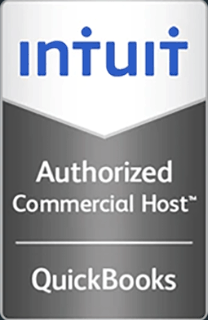What are the Networking Advantages of vCloud Director?
By Lisa Gecko
In this series of articles we are looking at features and benefits of vCloud Director (vCD), and in this installment we explore some of the advances in self-service networking. This paper will only touch briefly on the technical aspects of vCD’s network hierarchy. Instead, the focus is on the key networking features that this powerful platform management tool offers, and their importance for businesses looking for more control of their cloud infrastructure. For cloud service providers (CSPs) that offer VMware vCD as part of their cloud-based solutions, vCD also presents the opportunity to work with organizations that have delayed a move to cloud computing due to a previous lack of autonomy.
Let’s take a look at a few of the more important self-management networking advantages that VMware vCD provides.
End-user administrators can now manage their own firewalls choosing what protocols are allowed to reach their servers without requiring any involvement from the CSP. What this means is that vCD allows users to manage their firewall protection at any time without any outside assistance, adding or removing allowed protocols and services at will. For businesses that need varying degrees of security that can change on the fly, this is an important development. For example, when multiple levels of security need to be fluid due to changing department needs and varying degrees of accessibility required, vCD provides the user with the tools to handle these security changes with ease.
In-house admins can load balance servers without outside assistance from the CSP. With vCD, end-users can deploy multiple web servers and load balance connections among them. This network load balancing can be self-managed for terminal servers, or any other type of server for that matter. This once time-consuming process is now made easy and autonomous with vCD. By allowing end-user management of load balancing, organizations can expect to save time and money on the maintenance of their virtual data centers, and a more self-service environment within which to achieve maximum resource utilization.
The CSP is not needed to establish site-to-site virtual private network (VPN) tunnels. What vCD is accomplishing here is providing the self-service tools allowing organizations to use the internet as a transport between their cloud environment and their internal network securely. With vShield Edge and vCD, organizations can now open up VPNs in a matter of minutes from the easy to navigate vCD GUI.
It should also be noted that internal networks can be created with no access to the internet. This is very useful for in-house vApps builds that are intended for research and development where nothing from inception has outside accessibility. This is in part due to the networking layers of vCD and how external, organization and vApps networks function.
The real strength of vCD is that it provides clients with an easy to use interface that allows end-users the ability to foster a self-service networking and creative cloud environment. The benefits of the cloud are many, and for some companies it works best to allow the CSP to handle the day to day configuration. Fortunately, the advantages of cloud-computing are opening up for businesses working with CSPs offering vCD as a solution for a more self-managed cloud.





